Three Different Schoolhouses Bore The Name Cooper Street School. Oops, Better Make That Four.
It’s always fascinating to learn something you didn’t know, such as the existence of three different Cooper Street Schools dating back to the 1850s. That the most recent one, which last held classes in the late 1970s, wasn’t even on Cooper Street adds to the intriguing history behind the four structures. Sure, that doesn’t add up. Stay with me for a moment.
The original school was a one-story brick building erected in 1858. Three rooms were inside, two for study and one for recitations, for a total of approximately 125 students.

An assessment of the school found that no provisions were made for ventilation, and the playground was very low and undrained. Water was supplied from a well on the lot, and the building was heated by wood stoves. None of these conditions were uncommon, as they existed elsewhere in city schools at that time.
As Watertown was incorporated into a city and its north side grew, the need for a new, more modern facility was evident. In 1875, the new Cooper Street School was built of brick and had a very similar design to the schools of Mead and Pearl Streets built in the era.
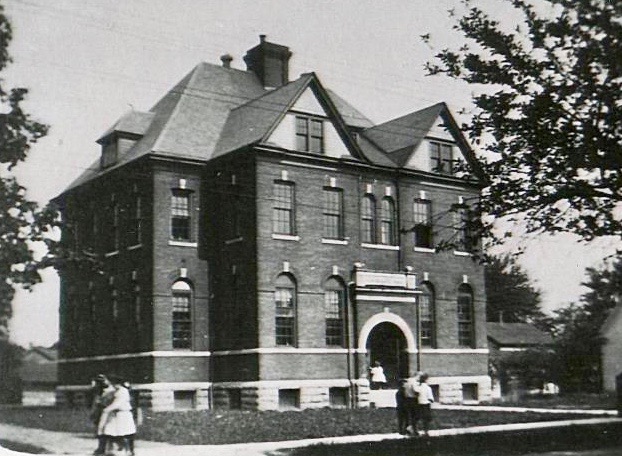
Watertown’s north side, however, was growing faster than anticipated. The school would be the talk of an expansion only eleven years later in 1886 – but take at least four years to complete, much to the ire of the parents of children who had to walk across the river to Lamon, off of State Street, or Arsenal Street school for classes due to the overcrowding conditions.
The only other school in the area, Bradley Street School, was a one-story stone building built in 1824 with poor ventilation, no water on its premises, and an overcrowding problem of its own, which would result in the construction of the Mead Street School. The city would retain the Bradley Street School for several years for overflow issues between the other schools.

The new schools and additions helped alleviate crowding for the better part of a few decades, and the Bradley Street School was eventually sold in an auction in 1903 for $500. By 1920, however, the city was once again considering building a new school.
Faced with the predicament of not being able to close the existing school, the city built the new Cooper Street School within feet of the old school so that it fronted Davidson Street.
By 1926, the new Cooper Street School had been opened and the old abandoned, leading to calls for either repurposing or demolishing it as it had become an eyesore.
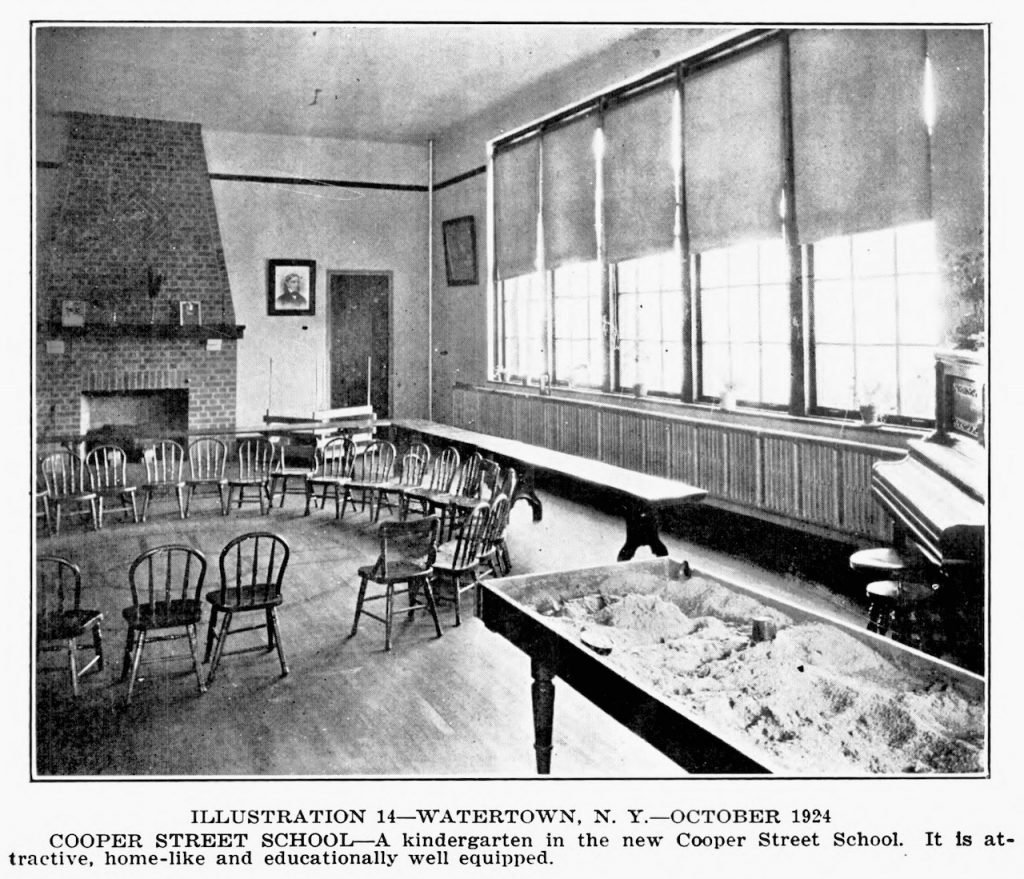
In a 1947 study conducted by Ohio State University, Cooper Street School was tied for second oldest elementary school in the district, with Thompson School, Sherman, being built seven years later in 1930. Its site size in terms of acreage would be third as well, behind the aforementioned schools, with 1.9 acres vs. 4.7 for Sherman and 4.0 for Thompson.
This was seen as somewhat of an issue, rating slightly higher than the average for the overall site score due to Cooper having 464 students enrolled vs. Sherman’s 367 and Thompson’s 267 and the factoring of outdoor activities (playgrounds) having long been an issue with city schools. Overall, only the newer Sherman Street school rated higher, 811 to 700; the average for all the elementary schools was 548, with the lowest score handed to Hamilton at 355. A complete comparison can be viewed in the chart below.
One factor that benefited Sherman and Cooper Street Schools, as well as Boon, was that they were the only three schools that had made provisions for assembly and indoor activities, with an auditorium and gymnasium designed for these purposes.

For the better part of 50 years, the Cooper Street School would serve the city’s north side. The rumblings of its closure from the school board began in 1975, and it was only a matter of time before its remaining classes were consolidated into other schools after the opening of Harold T. Wiley.
Shortly after it ceased being used as a school in the late 1970s, the building became home to the Community Action Planning Council of Jefferson County, or CAPCJC, which has occupied the space since.
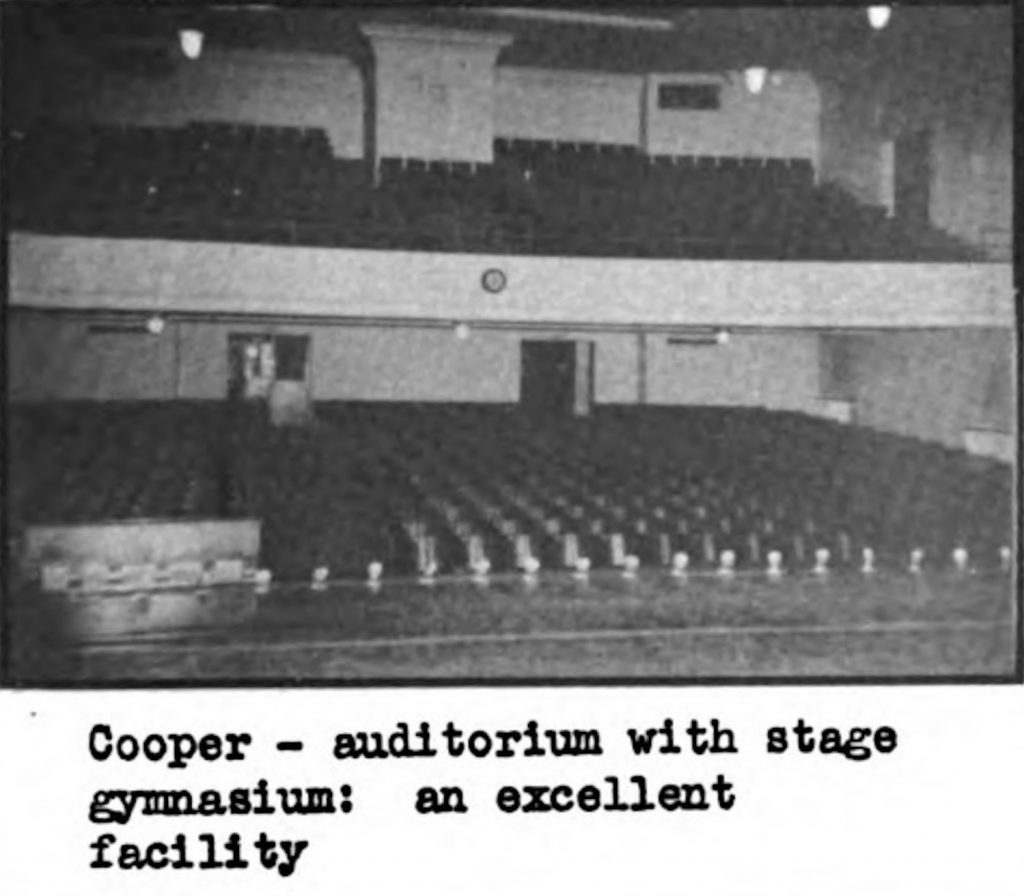
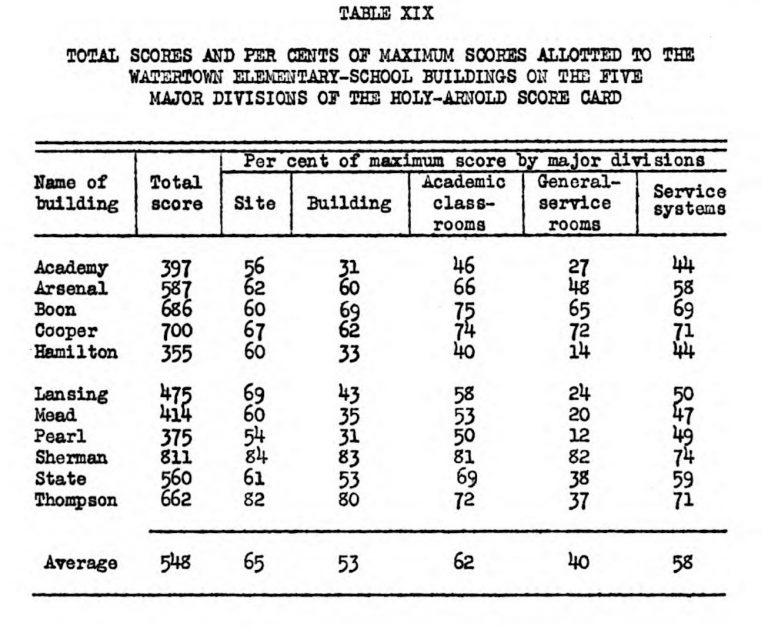
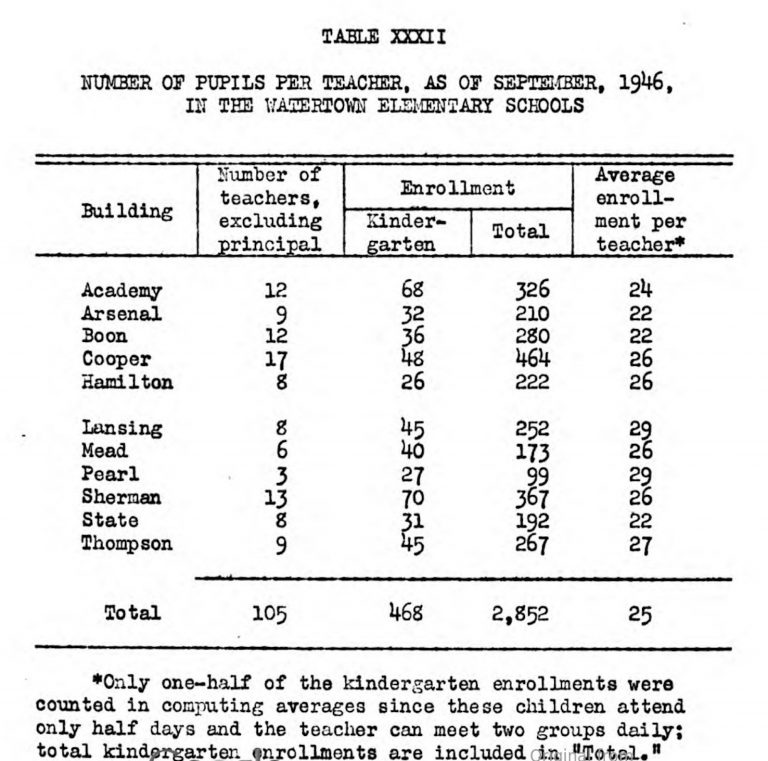

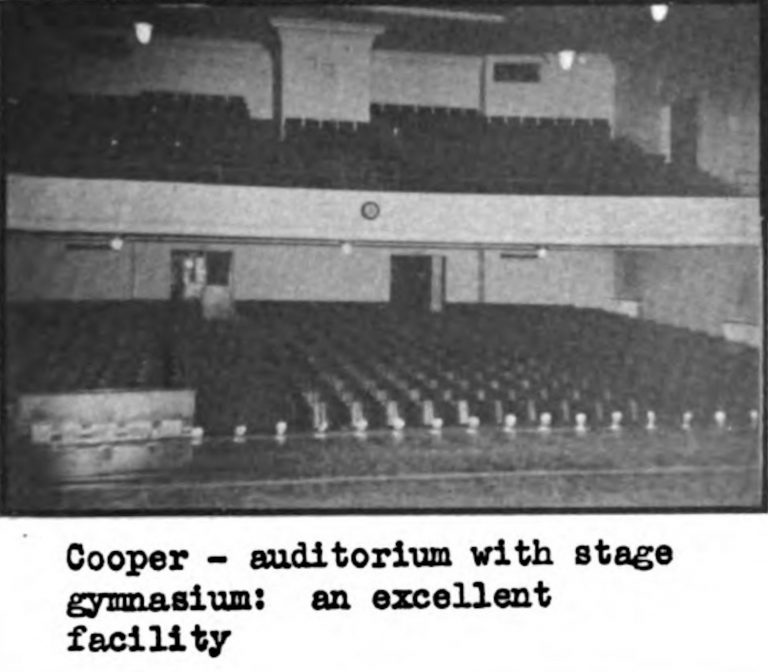
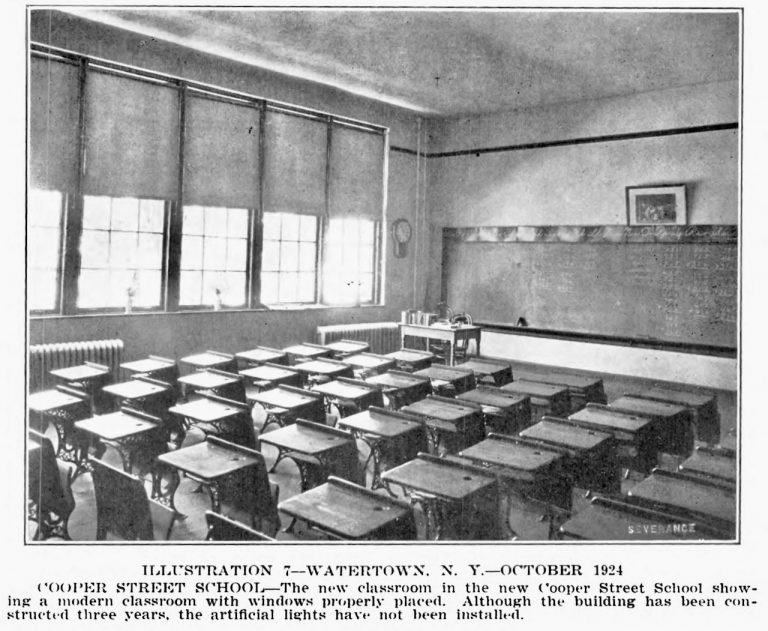
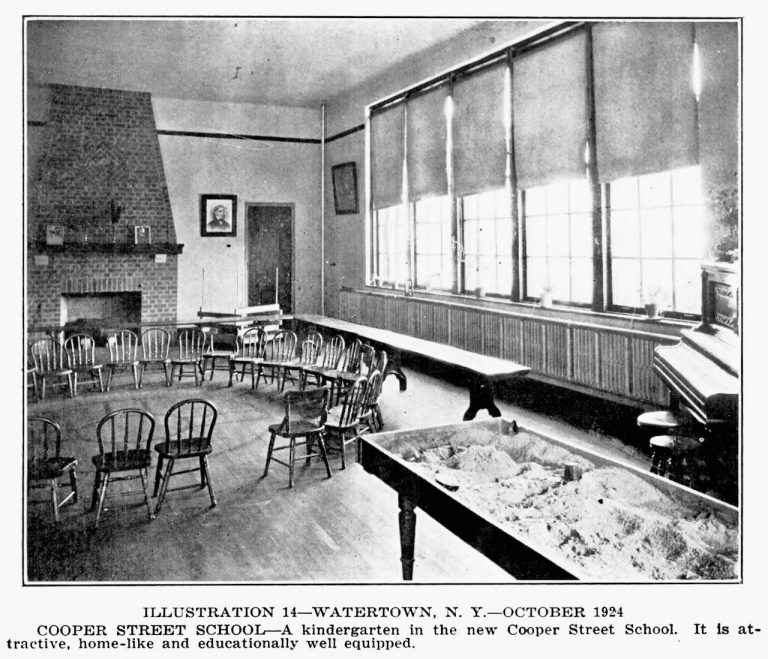

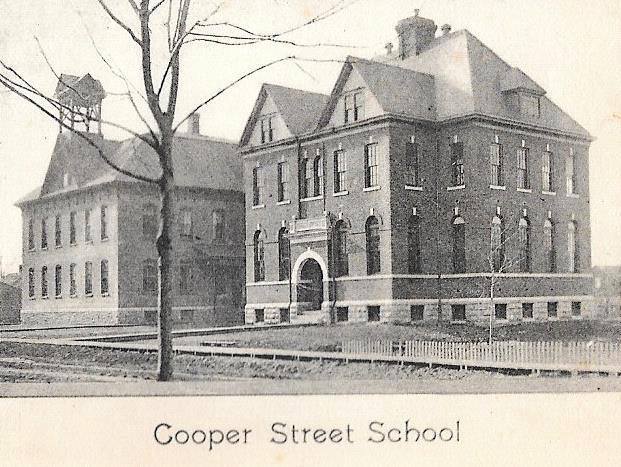
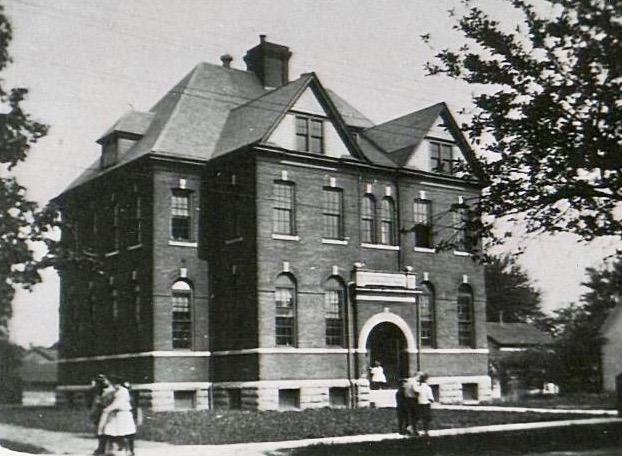


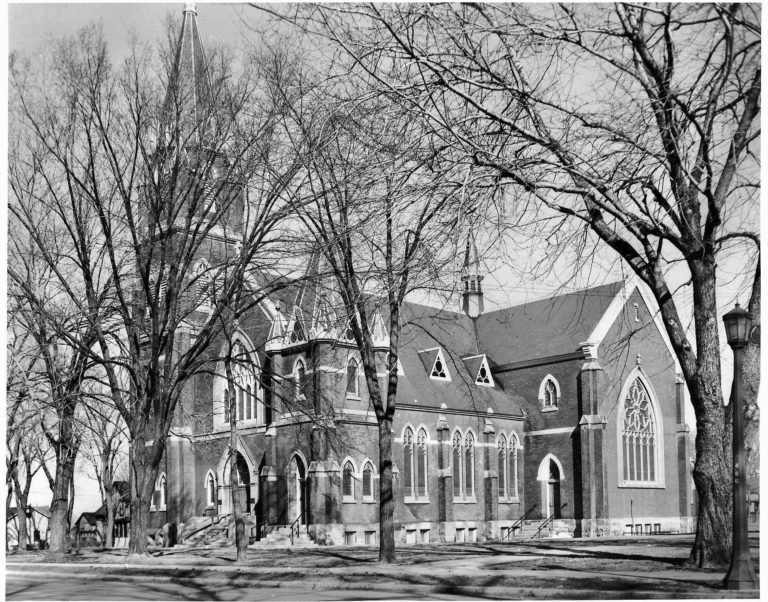

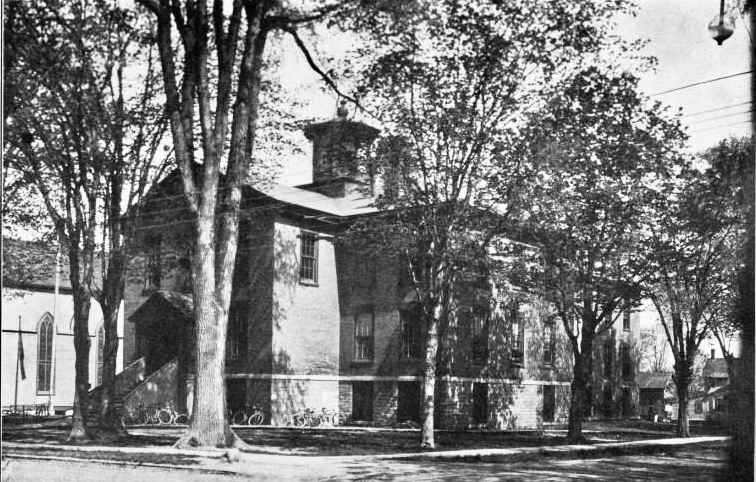
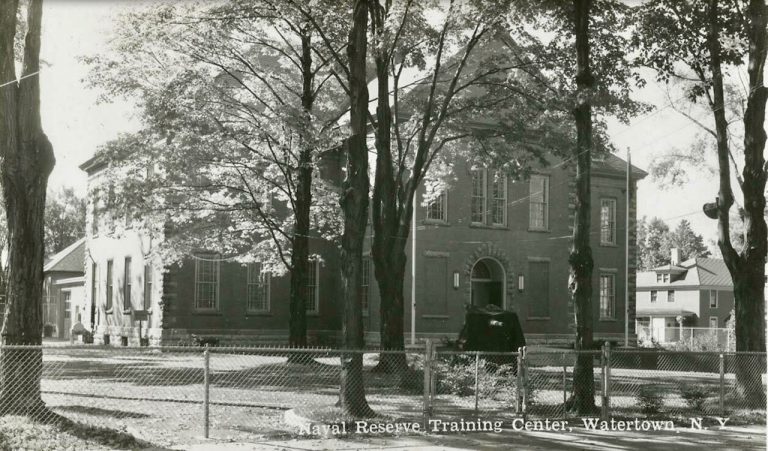
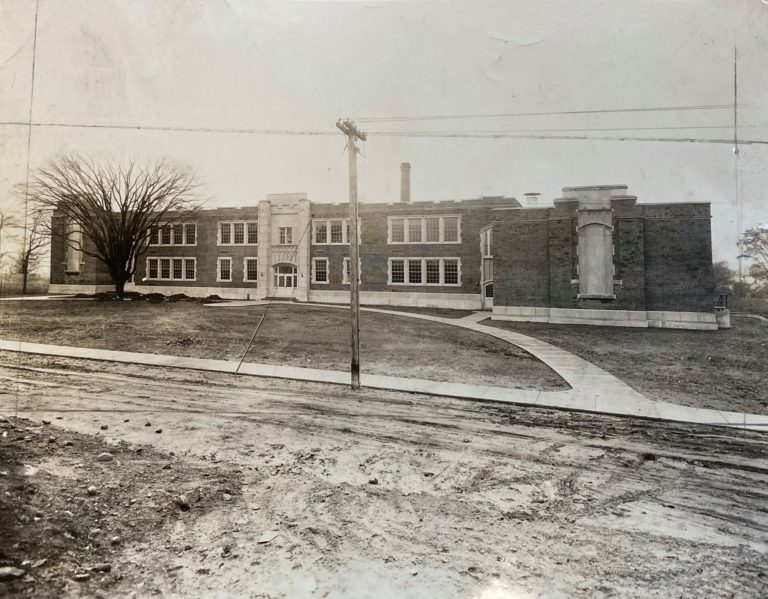
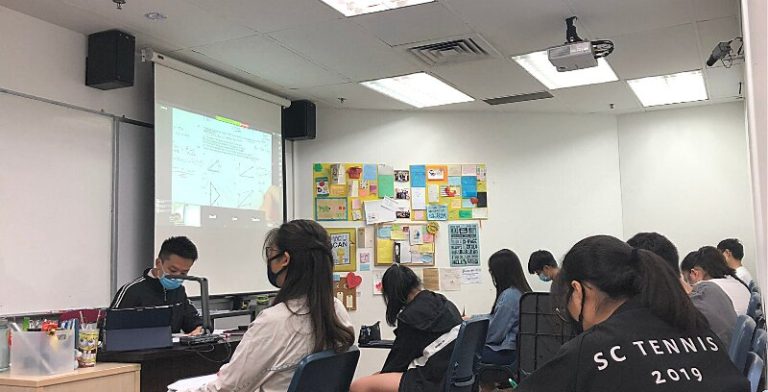

1 Reviews on “Cooper Street Schools (1858 – 1978)”
Except that prior to 1869, the north side of the river west of Mill Street wasn’t Watertown yet, so Cooper Street and Bradley Street wouldn’t have been “in” the city unless the Watertown School District at the time encompassed North Watertown and Juhelville (north side of the river and east of Mill Street). ANOTHER mystery to solve!!
Also, Lamon Street eventually became Emerson Street in 1948.
https://jeffcowiki.miraheze.org/wiki/Old_Watertown_Street_Names
Yes, correct! I may need to add the date of the assessment – of course I can’t find it now, lol. I believe it was done after 1869, but they did them yearly and I have read multiple ones. I’ll have to go through and see. Happy to see you here!